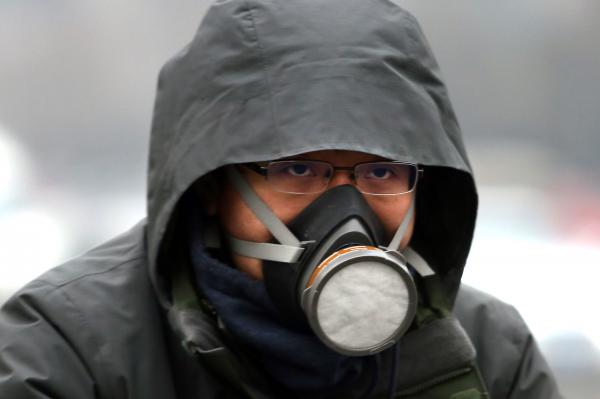
“Most days are like this, especially in winter, and we have become accustomed to it… We don’t know where the polluted air comes from. Sometimes I cough on polluted days, and there is nothing we can do about it,” said Baoding cab driver Kang Zhuang.
The city was once listed as China’s most polluted, and despite a “low-carbon” program designed to control emissions from factories seven years ago, analysts said cities like Baoding need to buckle down and target steel, cement plants – key foundations of China’s industrial economy.
China’s emissions far exceed that of the United States. According to the World Bank, Asia’s largest economy produced 11 billion tons of carbon pollutants in 2013 – twice that of the United States’ 5.8 billion tons.
Most of the pollution comes from burning coal – which supplies about 65 percent of China’s energy needs.
Xinhua reported an orange pollution alert was issued for several provinces between Beijing and Tianjin, and the level of toxic airborne particles known as PM 2.5 surpassed the average of 250 milligrams per cubic meter in the region.
At Hohhot Baita International Airport in the capital of Inner Mongolia, 175 flights were canceled due to poor visibility, and 3,000 passengers were stranded at their terminals.
China is taking its pollution crisis seriously, and Beijing recently issued a 900-page scientific report on the impact global warming is to have within its borders, The New York Times reported on Monday.
The report stated dry spells could occur more frequently while floods could become more intense during the wet seasons in the Three Gorges Dam region.
Average temperatures also have been rising faster in China than the global average, the report stated.






